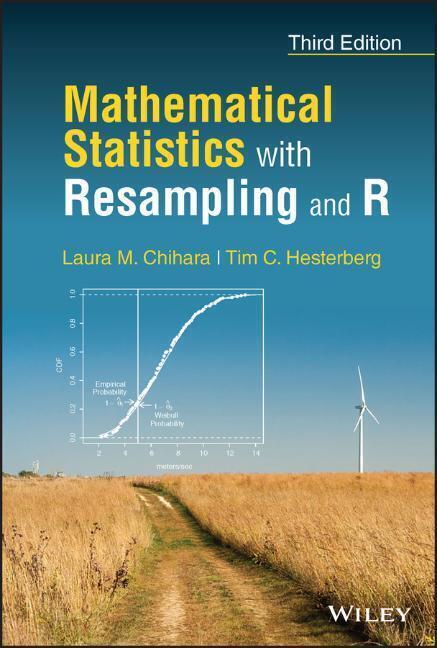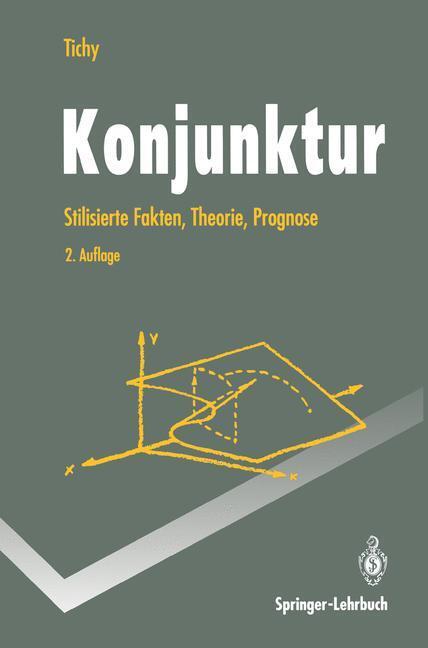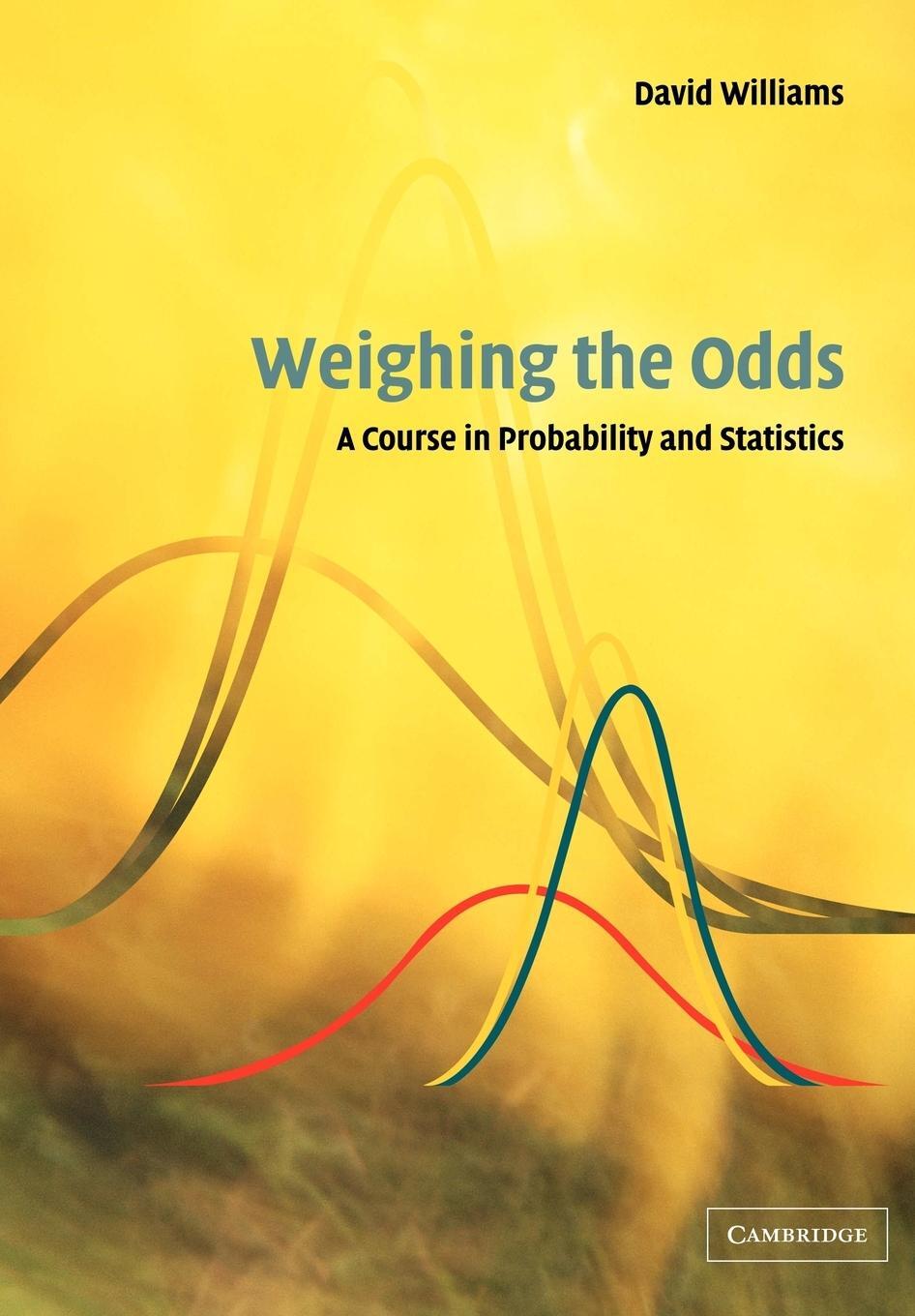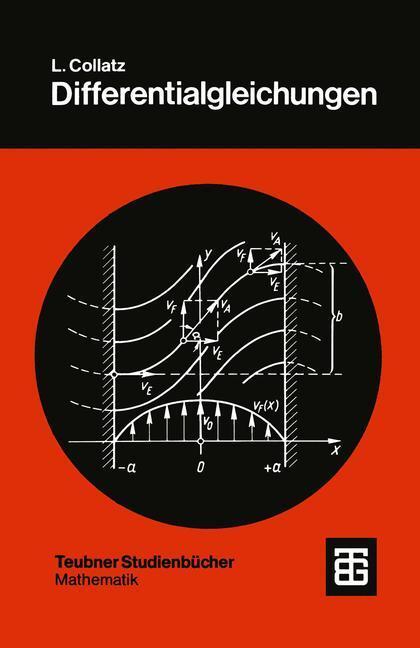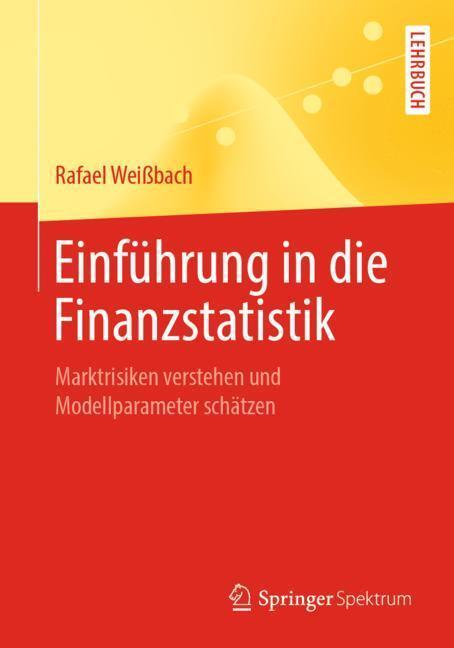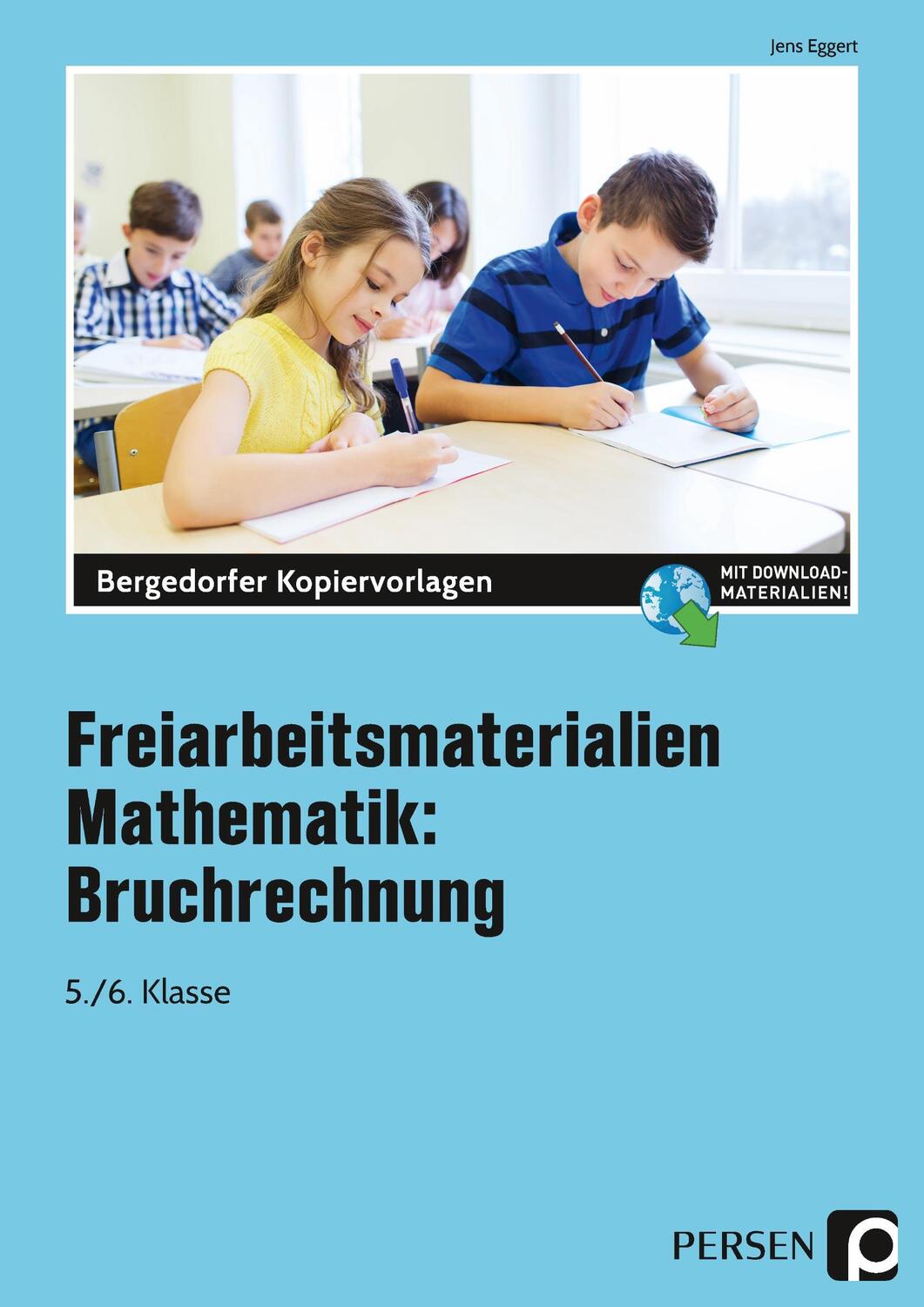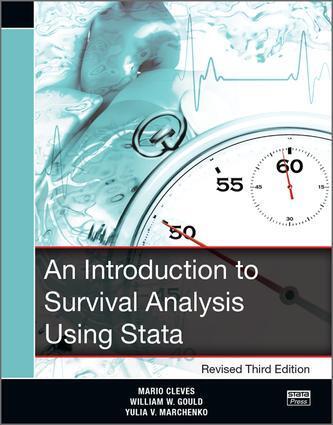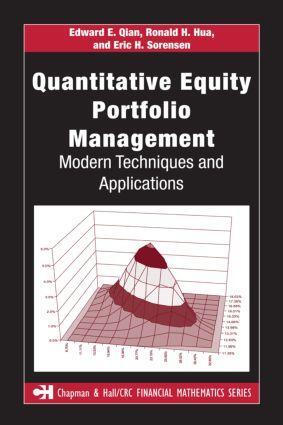Dekorationsartikel gehören nicht zum Leistungsumfang.
Sprache:
Englisch
145,00 €*
Versandkostenfrei per Post / DHL
Aktuell nicht verfügbar
Kategorien:
Beschreibung
Mathematical Statistics with Resampling and R
This thoroughly updated third edition combines the latest software applications with the benefits of modern resampling techniques
Resampling helps students understand the meaning of sampling distributions, sampling variability, P-values, hypothesis tests, and confidence intervals. The third edition of Mathematical Statistics with Resampling and R combines modern resampling techniques and mathematical statistics. This book is classroom-tested to ensure an accessible presentation, and uses the powerful and flexible computer language R for data analysis.
This book introduces permutation tests and bootstrap methods to motivate classical inference methods, as well as to be utilized as useful tools in their own right when classical methods are inaccurate or unavailable. The book strikes a balance between simulation, computing, theory, data, and applications.
Throughout the book, new and updated case studies representing a diverse range of subjects, such as flight delays, birth weights of babies, U.S. demographics, views on sociological issues, and problems at Google and Instacart, illustrate the relevance of mathematical statistics to real-world applications.
Changes and additions to the third edition include:
* New and updated case studies that incorporate contemporary subjects like COVID-19
* Several new sections, including introductory material on causal models and regression methods for causal modeling in practice
* Modern terminology distinguishing statistical discernibility and practical importance
* New exercises and examples, data sets, and R code, using dplyr and ggplot2
* A complete instructor's solutions manual
* A new github site that contains code, data sets, additional topics, and instructor resources
Mathematical Statistics with Resampling and R is an ideal textbook for undergraduate and graduate students in mathematical statistics courses, as well as practitioners and researchers looking to expand their toolkit of resampling and classical techniques.
This thoroughly updated third edition combines the latest software applications with the benefits of modern resampling techniques
Resampling helps students understand the meaning of sampling distributions, sampling variability, P-values, hypothesis tests, and confidence intervals. The third edition of Mathematical Statistics with Resampling and R combines modern resampling techniques and mathematical statistics. This book is classroom-tested to ensure an accessible presentation, and uses the powerful and flexible computer language R for data analysis.
This book introduces permutation tests and bootstrap methods to motivate classical inference methods, as well as to be utilized as useful tools in their own right when classical methods are inaccurate or unavailable. The book strikes a balance between simulation, computing, theory, data, and applications.
Throughout the book, new and updated case studies representing a diverse range of subjects, such as flight delays, birth weights of babies, U.S. demographics, views on sociological issues, and problems at Google and Instacart, illustrate the relevance of mathematical statistics to real-world applications.
Changes and additions to the third edition include:
* New and updated case studies that incorporate contemporary subjects like COVID-19
* Several new sections, including introductory material on causal models and regression methods for causal modeling in practice
* Modern terminology distinguishing statistical discernibility and practical importance
* New exercises and examples, data sets, and R code, using dplyr and ggplot2
* A complete instructor's solutions manual
* A new github site that contains code, data sets, additional topics, and instructor resources
Mathematical Statistics with Resampling and R is an ideal textbook for undergraduate and graduate students in mathematical statistics courses, as well as practitioners and researchers looking to expand their toolkit of resampling and classical techniques.
Mathematical Statistics with Resampling and R
This thoroughly updated third edition combines the latest software applications with the benefits of modern resampling techniques
Resampling helps students understand the meaning of sampling distributions, sampling variability, P-values, hypothesis tests, and confidence intervals. The third edition of Mathematical Statistics with Resampling and R combines modern resampling techniques and mathematical statistics. This book is classroom-tested to ensure an accessible presentation, and uses the powerful and flexible computer language R for data analysis.
This book introduces permutation tests and bootstrap methods to motivate classical inference methods, as well as to be utilized as useful tools in their own right when classical methods are inaccurate or unavailable. The book strikes a balance between simulation, computing, theory, data, and applications.
Throughout the book, new and updated case studies representing a diverse range of subjects, such as flight delays, birth weights of babies, U.S. demographics, views on sociological issues, and problems at Google and Instacart, illustrate the relevance of mathematical statistics to real-world applications.
Changes and additions to the third edition include:
* New and updated case studies that incorporate contemporary subjects like COVID-19
* Several new sections, including introductory material on causal models and regression methods for causal modeling in practice
* Modern terminology distinguishing statistical discernibility and practical importance
* New exercises and examples, data sets, and R code, using dplyr and ggplot2
* A complete instructor's solutions manual
* A new github site that contains code, data sets, additional topics, and instructor resources
Mathematical Statistics with Resampling and R is an ideal textbook for undergraduate and graduate students in mathematical statistics courses, as well as practitioners and researchers looking to expand their toolkit of resampling and classical techniques.
This thoroughly updated third edition combines the latest software applications with the benefits of modern resampling techniques
Resampling helps students understand the meaning of sampling distributions, sampling variability, P-values, hypothesis tests, and confidence intervals. The third edition of Mathematical Statistics with Resampling and R combines modern resampling techniques and mathematical statistics. This book is classroom-tested to ensure an accessible presentation, and uses the powerful and flexible computer language R for data analysis.
This book introduces permutation tests and bootstrap methods to motivate classical inference methods, as well as to be utilized as useful tools in their own right when classical methods are inaccurate or unavailable. The book strikes a balance between simulation, computing, theory, data, and applications.
Throughout the book, new and updated case studies representing a diverse range of subjects, such as flight delays, birth weights of babies, U.S. demographics, views on sociological issues, and problems at Google and Instacart, illustrate the relevance of mathematical statistics to real-world applications.
Changes and additions to the third edition include:
* New and updated case studies that incorporate contemporary subjects like COVID-19
* Several new sections, including introductory material on causal models and regression methods for causal modeling in practice
* Modern terminology distinguishing statistical discernibility and practical importance
* New exercises and examples, data sets, and R code, using dplyr and ggplot2
* A complete instructor's solutions manual
* A new github site that contains code, data sets, additional topics, and instructor resources
Mathematical Statistics with Resampling and R is an ideal textbook for undergraduate and graduate students in mathematical statistics courses, as well as practitioners and researchers looking to expand their toolkit of resampling and classical techniques.
Inhaltsverzeichnis
Preface xiii
1 Data and Case Studies 1
1.1 Case Study: Flight Delays 1
1.2 Case Study: BirthWeights of Babies 2
1.3 Case Study: Verizon Repair Times 3
1.4 Case Study: Iowa Recidivism 4
1.5 Sampling 5
1.6 Parameters and Statistics 6
1.7 Case Study: General Social Survey 7
1.8 Sample Surveys 8
1.9 Case Study: Beer and HotWings 9
1.10 Case Study: Black Spruce Seedlings 10
1.11 Studies 11
1.12 Google Interview Question: Mobile Ads Optimization 13
2 Exploratory Data Analysis 21
2.1 Basic Plots 21
2.2 Numeric Summaries 25
2.3 Boxplots 27
2.4 Quantiles and Normal Quantile Plots 29
2.5 Empirical Cumulative Distribution Functions 34
2.6 Scatter Plots 36
2.7 Skewness and Kurtosis 38
3 Introduction to Hypothesis Testing: Permutation Tests 45
3.1 Introduction to Hypothesis Testing 45
3.2 Hypotheses 46
3.3 Permutation Tests 50
3.4 Matched Pairs 66
3.5 Cause and Effect 67
4 Sampling Distributions 77
4.1 Sampling Distributions 77
4.2 Calculating Sampling Distributions 82
4.3 The Central LimitTheorem 85
5 Introduction to Confidence Intervals: The Bootstrap 103
5.1 Introduction to the Bootstrap 103
5.2 The Plug-in Principle 109
5.3 Bootstrap Percentile Intervals 115
5.4 Two Sample Bootstrap 116
5.5 Other Statistics 123
5.6 Bias 126
5.7 Monte Carlo Sampling 130
5.8 Accuracy of Bootstrap Distributions 131
5.9 How Many Bootstrap Samples Are Needed? 136
6 Estimation 147
6.1 Maximum Likelihood Estimation 147
6.2 Method of Moments 158
6.3 Properties of Estimators 160
6.4 Statistical Practice 174
7 More Confidence Intervals 183
7.1 Confidence Intervals for Means 183
7.2 Confidence Intervals Using Pivots 201
7.3 One-Sided Confidence Intervals 209
7.4 Confidence Intervals for Proportions 211
7.5 Bootstrap Confidence Intervals 216
7.6 Confidence Interval Properties 224
7.7 The Delta Method* 226
8 More Hypothesis Testing 245
8.1 Hypothesis Tests for Means and Proportions: One Population 245
8.2 Bootstrap t Tests 250
8.3 Hypothesis Tests for Means and Proportions: Two Populations 252
8.4 Type I and Type II Errors 261
8.5 Interpreting Test Results 276
8.6 Likelihood Ratio Tests 281
8.7 Statistical Practice 289
9 Regression 309
9.1 Covariance 309
9.2 Correlation 313
9.3 Least Squares Regression 316
9.4 The Simple LinearModel 329
9.5 Resampling Correlation and Regression 342
9.6 Logistic Regression 350
10 Categorical Data 367
10.1 Independence in Contingency Tables 367
10.2 Permutation Test of Independence 369
10.3 Chi-Square Test of Independence 371
10.4 Chi-Square Test of Homogeneity 380
10.5 Goodness-of-Fit Tests 382
10.6 Chi-Square and the Likelihood Ratio* 388
11 Bayesian Methods 399
11.1 Bayes Theorem 400
11.2 Binomial Data: Discrete Prior Distributions 400
11.3 Binomial Data: Continuous Prior Distributions 408
11.4 Continuous Data 414
11.5 Sequential Data 417
12 One-Way ANOVA 429
12.1 Comparing Three or More Populations 429
13 Additional Topics 443
13.1 S
1 Data and Case Studies 1
1.1 Case Study: Flight Delays 1
1.2 Case Study: BirthWeights of Babies 2
1.3 Case Study: Verizon Repair Times 3
1.4 Case Study: Iowa Recidivism 4
1.5 Sampling 5
1.6 Parameters and Statistics 6
1.7 Case Study: General Social Survey 7
1.8 Sample Surveys 8
1.9 Case Study: Beer and HotWings 9
1.10 Case Study: Black Spruce Seedlings 10
1.11 Studies 11
1.12 Google Interview Question: Mobile Ads Optimization 13
2 Exploratory Data Analysis 21
2.1 Basic Plots 21
2.2 Numeric Summaries 25
2.3 Boxplots 27
2.4 Quantiles and Normal Quantile Plots 29
2.5 Empirical Cumulative Distribution Functions 34
2.6 Scatter Plots 36
2.7 Skewness and Kurtosis 38
3 Introduction to Hypothesis Testing: Permutation Tests 45
3.1 Introduction to Hypothesis Testing 45
3.2 Hypotheses 46
3.3 Permutation Tests 50
3.4 Matched Pairs 66
3.5 Cause and Effect 67
4 Sampling Distributions 77
4.1 Sampling Distributions 77
4.2 Calculating Sampling Distributions 82
4.3 The Central LimitTheorem 85
5 Introduction to Confidence Intervals: The Bootstrap 103
5.1 Introduction to the Bootstrap 103
5.2 The Plug-in Principle 109
5.3 Bootstrap Percentile Intervals 115
5.4 Two Sample Bootstrap 116
5.5 Other Statistics 123
5.6 Bias 126
5.7 Monte Carlo Sampling 130
5.8 Accuracy of Bootstrap Distributions 131
5.9 How Many Bootstrap Samples Are Needed? 136
6 Estimation 147
6.1 Maximum Likelihood Estimation 147
6.2 Method of Moments 158
6.3 Properties of Estimators 160
6.4 Statistical Practice 174
7 More Confidence Intervals 183
7.1 Confidence Intervals for Means 183
7.2 Confidence Intervals Using Pivots 201
7.3 One-Sided Confidence Intervals 209
7.4 Confidence Intervals for Proportions 211
7.5 Bootstrap Confidence Intervals 216
7.6 Confidence Interval Properties 224
7.7 The Delta Method* 226
8 More Hypothesis Testing 245
8.1 Hypothesis Tests for Means and Proportions: One Population 245
8.2 Bootstrap t Tests 250
8.3 Hypothesis Tests for Means and Proportions: Two Populations 252
8.4 Type I and Type II Errors 261
8.5 Interpreting Test Results 276
8.6 Likelihood Ratio Tests 281
8.7 Statistical Practice 289
9 Regression 309
9.1 Covariance 309
9.2 Correlation 313
9.3 Least Squares Regression 316
9.4 The Simple LinearModel 329
9.5 Resampling Correlation and Regression 342
9.6 Logistic Regression 350
10 Categorical Data 367
10.1 Independence in Contingency Tables 367
10.2 Permutation Test of Independence 369
10.3 Chi-Square Test of Independence 371
10.4 Chi-Square Test of Homogeneity 380
10.5 Goodness-of-Fit Tests 382
10.6 Chi-Square and the Likelihood Ratio* 388
11 Bayesian Methods 399
11.1 Bayes Theorem 400
11.2 Binomial Data: Discrete Prior Distributions 400
11.3 Binomial Data: Continuous Prior Distributions 408
11.4 Continuous Data 414
11.5 Sequential Data 417
12 One-Way ANOVA 429
12.1 Comparing Three or More Populations 429
13 Additional Topics 443
13.1 S
Details
| Erscheinungsjahr: | 2022 |
|---|---|
| Fachbereich: | Wahrscheinlichkeitstheorie |
| Genre: | Mathematik |
| Rubrik: | Naturwissenschaften & Technik |
| Medium: | Buch |
| Seiten: | 576 |
| Inhalt: | 576 S. |
| ISBN-13: | 9781119874034 |
| ISBN-10: | 1119874033 |
| Sprache: | Englisch |
| Herstellernummer: | 1W119874030 |
| Autor: |
Chihara, Laura M.
Hesterberg, Tim C. |
| Auflage: | 3. Aufl. |
| Hersteller: |
Wiley
Wiley & Sons |
| Maße: | 249 x 157 x 27 mm |
| Von/Mit: | Laura M. Chihara (u. a.) |
| Erscheinungsdatum: | 24.10.2022 |
| Gewicht: | 0,85 kg |
Inhaltsverzeichnis
Preface xiii
1 Data and Case Studies 1
1.1 Case Study: Flight Delays 1
1.2 Case Study: BirthWeights of Babies 2
1.3 Case Study: Verizon Repair Times 3
1.4 Case Study: Iowa Recidivism 4
1.5 Sampling 5
1.6 Parameters and Statistics 6
1.7 Case Study: General Social Survey 7
1.8 Sample Surveys 8
1.9 Case Study: Beer and HotWings 9
1.10 Case Study: Black Spruce Seedlings 10
1.11 Studies 11
1.12 Google Interview Question: Mobile Ads Optimization 13
2 Exploratory Data Analysis 21
2.1 Basic Plots 21
2.2 Numeric Summaries 25
2.3 Boxplots 27
2.4 Quantiles and Normal Quantile Plots 29
2.5 Empirical Cumulative Distribution Functions 34
2.6 Scatter Plots 36
2.7 Skewness and Kurtosis 38
3 Introduction to Hypothesis Testing: Permutation Tests 45
3.1 Introduction to Hypothesis Testing 45
3.2 Hypotheses 46
3.3 Permutation Tests 50
3.4 Matched Pairs 66
3.5 Cause and Effect 67
4 Sampling Distributions 77
4.1 Sampling Distributions 77
4.2 Calculating Sampling Distributions 82
4.3 The Central LimitTheorem 85
5 Introduction to Confidence Intervals: The Bootstrap 103
5.1 Introduction to the Bootstrap 103
5.2 The Plug-in Principle 109
5.3 Bootstrap Percentile Intervals 115
5.4 Two Sample Bootstrap 116
5.5 Other Statistics 123
5.6 Bias 126
5.7 Monte Carlo Sampling 130
5.8 Accuracy of Bootstrap Distributions 131
5.9 How Many Bootstrap Samples Are Needed? 136
6 Estimation 147
6.1 Maximum Likelihood Estimation 147
6.2 Method of Moments 158
6.3 Properties of Estimators 160
6.4 Statistical Practice 174
7 More Confidence Intervals 183
7.1 Confidence Intervals for Means 183
7.2 Confidence Intervals Using Pivots 201
7.3 One-Sided Confidence Intervals 209
7.4 Confidence Intervals for Proportions 211
7.5 Bootstrap Confidence Intervals 216
7.6 Confidence Interval Properties 224
7.7 The Delta Method* 226
8 More Hypothesis Testing 245
8.1 Hypothesis Tests for Means and Proportions: One Population 245
8.2 Bootstrap t Tests 250
8.3 Hypothesis Tests for Means and Proportions: Two Populations 252
8.4 Type I and Type II Errors 261
8.5 Interpreting Test Results 276
8.6 Likelihood Ratio Tests 281
8.7 Statistical Practice 289
9 Regression 309
9.1 Covariance 309
9.2 Correlation 313
9.3 Least Squares Regression 316
9.4 The Simple LinearModel 329
9.5 Resampling Correlation and Regression 342
9.6 Logistic Regression 350
10 Categorical Data 367
10.1 Independence in Contingency Tables 367
10.2 Permutation Test of Independence 369
10.3 Chi-Square Test of Independence 371
10.4 Chi-Square Test of Homogeneity 380
10.5 Goodness-of-Fit Tests 382
10.6 Chi-Square and the Likelihood Ratio* 388
11 Bayesian Methods 399
11.1 Bayes Theorem 400
11.2 Binomial Data: Discrete Prior Distributions 400
11.3 Binomial Data: Continuous Prior Distributions 408
11.4 Continuous Data 414
11.5 Sequential Data 417
12 One-Way ANOVA 429
12.1 Comparing Three or More Populations 429
13 Additional Topics 443
13.1 S
1 Data and Case Studies 1
1.1 Case Study: Flight Delays 1
1.2 Case Study: BirthWeights of Babies 2
1.3 Case Study: Verizon Repair Times 3
1.4 Case Study: Iowa Recidivism 4
1.5 Sampling 5
1.6 Parameters and Statistics 6
1.7 Case Study: General Social Survey 7
1.8 Sample Surveys 8
1.9 Case Study: Beer and HotWings 9
1.10 Case Study: Black Spruce Seedlings 10
1.11 Studies 11
1.12 Google Interview Question: Mobile Ads Optimization 13
2 Exploratory Data Analysis 21
2.1 Basic Plots 21
2.2 Numeric Summaries 25
2.3 Boxplots 27
2.4 Quantiles and Normal Quantile Plots 29
2.5 Empirical Cumulative Distribution Functions 34
2.6 Scatter Plots 36
2.7 Skewness and Kurtosis 38
3 Introduction to Hypothesis Testing: Permutation Tests 45
3.1 Introduction to Hypothesis Testing 45
3.2 Hypotheses 46
3.3 Permutation Tests 50
3.4 Matched Pairs 66
3.5 Cause and Effect 67
4 Sampling Distributions 77
4.1 Sampling Distributions 77
4.2 Calculating Sampling Distributions 82
4.3 The Central LimitTheorem 85
5 Introduction to Confidence Intervals: The Bootstrap 103
5.1 Introduction to the Bootstrap 103
5.2 The Plug-in Principle 109
5.3 Bootstrap Percentile Intervals 115
5.4 Two Sample Bootstrap 116
5.5 Other Statistics 123
5.6 Bias 126
5.7 Monte Carlo Sampling 130
5.8 Accuracy of Bootstrap Distributions 131
5.9 How Many Bootstrap Samples Are Needed? 136
6 Estimation 147
6.1 Maximum Likelihood Estimation 147
6.2 Method of Moments 158
6.3 Properties of Estimators 160
6.4 Statistical Practice 174
7 More Confidence Intervals 183
7.1 Confidence Intervals for Means 183
7.2 Confidence Intervals Using Pivots 201
7.3 One-Sided Confidence Intervals 209
7.4 Confidence Intervals for Proportions 211
7.5 Bootstrap Confidence Intervals 216
7.6 Confidence Interval Properties 224
7.7 The Delta Method* 226
8 More Hypothesis Testing 245
8.1 Hypothesis Tests for Means and Proportions: One Population 245
8.2 Bootstrap t Tests 250
8.3 Hypothesis Tests for Means and Proportions: Two Populations 252
8.4 Type I and Type II Errors 261
8.5 Interpreting Test Results 276
8.6 Likelihood Ratio Tests 281
8.7 Statistical Practice 289
9 Regression 309
9.1 Covariance 309
9.2 Correlation 313
9.3 Least Squares Regression 316
9.4 The Simple LinearModel 329
9.5 Resampling Correlation and Regression 342
9.6 Logistic Regression 350
10 Categorical Data 367
10.1 Independence in Contingency Tables 367
10.2 Permutation Test of Independence 369
10.3 Chi-Square Test of Independence 371
10.4 Chi-Square Test of Homogeneity 380
10.5 Goodness-of-Fit Tests 382
10.6 Chi-Square and the Likelihood Ratio* 388
11 Bayesian Methods 399
11.1 Bayes Theorem 400
11.2 Binomial Data: Discrete Prior Distributions 400
11.3 Binomial Data: Continuous Prior Distributions 408
11.4 Continuous Data 414
11.5 Sequential Data 417
12 One-Way ANOVA 429
12.1 Comparing Three or More Populations 429
13 Additional Topics 443
13.1 S
Details
| Erscheinungsjahr: | 2022 |
|---|---|
| Fachbereich: | Wahrscheinlichkeitstheorie |
| Genre: | Mathematik |
| Rubrik: | Naturwissenschaften & Technik |
| Medium: | Buch |
| Seiten: | 576 |
| Inhalt: | 576 S. |
| ISBN-13: | 9781119874034 |
| ISBN-10: | 1119874033 |
| Sprache: | Englisch |
| Herstellernummer: | 1W119874030 |
| Autor: |
Chihara, Laura M.
Hesterberg, Tim C. |
| Auflage: | 3. Aufl. |
| Hersteller: |
Wiley
Wiley & Sons |
| Maße: | 249 x 157 x 27 mm |
| Von/Mit: | Laura M. Chihara (u. a.) |
| Erscheinungsdatum: | 24.10.2022 |
| Gewicht: | 0,85 kg |
Warnhinweis

